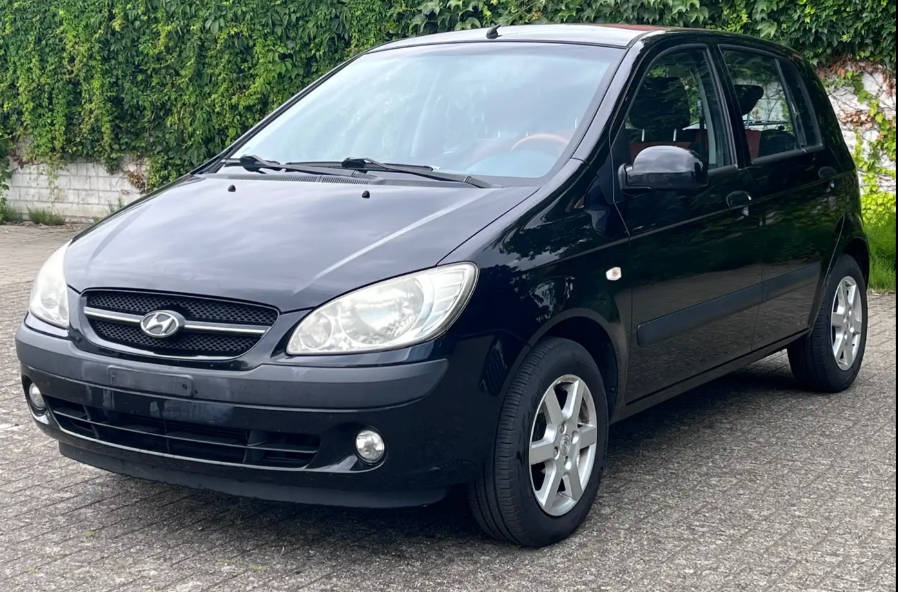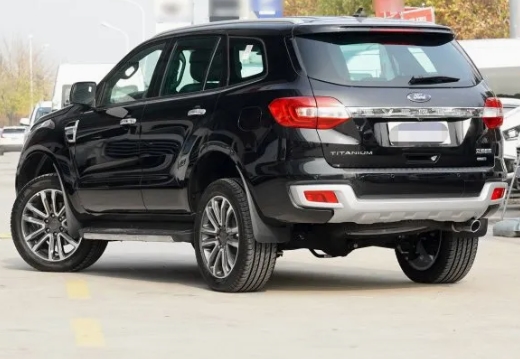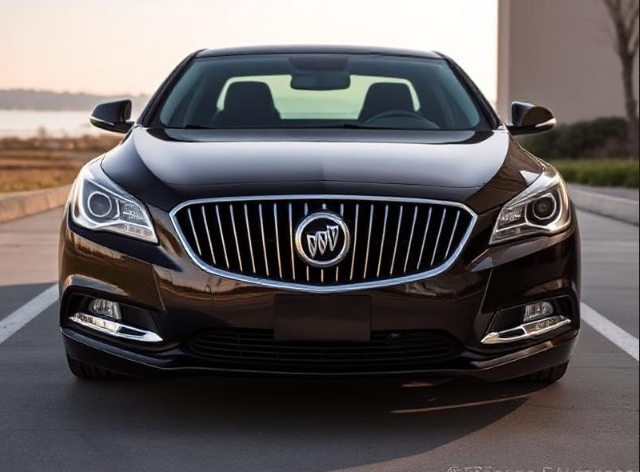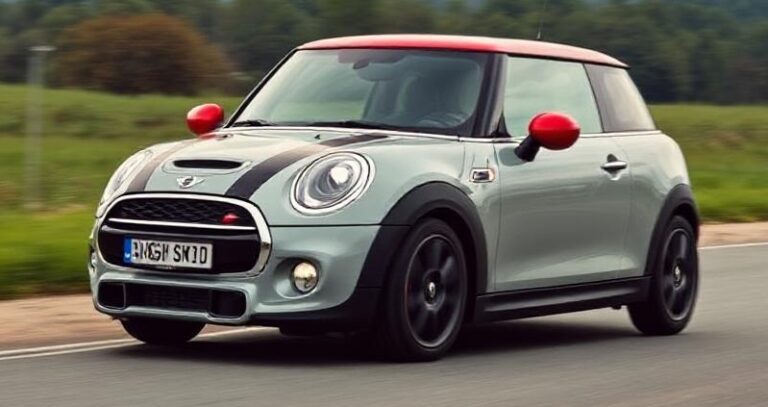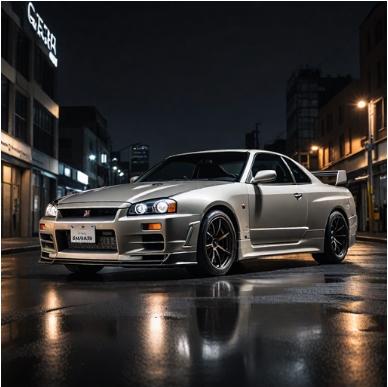The Evolution of the Hyundai Getz
Introduction
The Hyundai Getz was a compact hatchback produced by South Korean automaker Hyundai from 2002 to 2011. Known for its affordability, practicality, and efficient design, the Getz became a popular choice in various markets worldwide, particularly in Asia, Europe, and Australia. Over its nearly decade-long production run, the Getz underwent various updates, trim level changes, and market-specific adaptations, reflecting Hyundai’s evolving design philosophy and technological advancements.
This article provides a detailed chronicle of the Hyundai Getz’s development, covering all model years, trims, and notable features, offering a comprehensive understanding of its lifecycle.
1. Introduction and Development of the Hyundai Getz
Hyundai introduced the Getz in 2002 as a successor to the Hyundai Accent hatchback, targeting a segment that prioritized affordability, fuel efficiency, and urban maneuverability. The model was developed with input from Hyundai’s global design and engineering teams, aiming to compete with popular compact cars like the Ford Fiesta, Vauxhall Corsa, and Peugeot 206.
The Getz was built primarily on Hyundai’s own platform, with some variants sharing components with other Hyundai models such as the Hyundai Accent and Hyundai Matrix. It was designed to appeal to a broad demographic, from young drivers to small families, fitting into Hyundai’s strategic expansion into international markets.
2. First Generation Hyundai Getz (2002-2011)
The first-generation Hyundai Getz was introduced in 2002 and remained in production until 2011, with various facelifts and updates over its lifespan. It was marketed under different names in various regions, including the Hyundai TB series, and was assembled in multiple countries, including South Korea, India, Australia, and Eastern Europe.
2.1 Launch and Initial Models (2002-2004)
Design & Features:
The initial Getz featured a rounded, modern design with a focus on maximizing interior space within a compact footprint. It was equipped with a front-engine, front-wheel-drive layout. The interior emphasized practicality, featuring straightforward controls and durable materials.
Engines:
- 1.3-liter I4 (SOHC) producing approximately 83 hp
- 1.5-liter I4 (SOHC) producing approximately 102 hp
- 1.1-liter I4 (in some markets)
Trim Levels:
In its launch markets, the Getz was offered in basic to mid-range trims, typically including:
- GL: Standard features including manual windows, basic audio, and cloth seats.
- GLX: Higher trims with features like power windows, upgraded audio, and alloy wheels.
- SR: Sportier variant with cosmetic enhancements and sometimes a slightly more powerful engine.
Market Variations:
In Australia, the Getz was available as the Getz GL and Getz GLX, with the GLX being the more upscale trim. European markets primarily offered the GL and GLS trims.
2.2 Facelift and Mid-Cycle Updates (2005-2007)
Design Changes:
In 2005, Hyundai introduced a facelift to modernize the Getz’s appearance. The updates included a new front grille, redesigned headlights, and taillights. Bumper designs were refreshed, and new wheel designs were introduced.
Features & Trims:
- The trims remained similar but gained additional features such as air conditioning, improved audio systems, and optional alloy wheels.
- Safety features like front airbags became more standard across trims.
- Some markets introduced a Getz Prime variant, offering more comfort-oriented features.
Engine Options:
- The 1.3L and 1.5L engines continued to be available, with some markets offering a 1.1L engine for entry-level models to meet specific tax or regulatory requirements.
2.3 High-Performance and Special Editions
While the Getz was primarily marketed as an economy car, certain markets offered sportier versions:
- Getz SR: Featured sportier styling cues, sport seats, and a sportier suspension setup in some regions.
- Getz X-Force: An Australian-specific variant with sporty body kits, alloy wheels, and sometimes a slightly tuned engine.
2.4 The End of Production (2010-2011)
By 2010, Hyundai announced the discontinuation of the Getz in many markets, replaced by newer models such as the Hyundai i20. The last Getz rolled off production lines in 2011, marking the end of its nearly decade-long run.
3. Regional Variations and Market-Specific Models
Throughout its production, the Hyundai Getz was adapted to meet regional preferences and regulations, leading to variations in trims, engines, and features.
3.1 Australia
- The Getz was popular in Australia, offered as the Getz GL, GLX, and sporty Getz X-Force.
- Diesel variants became available in later years, with a 1.5L common-rail diesel engine.
- The Australian market favored sporty and feature-rich trims, leading to special editions like the Getz SR.
3.2 Europe
- The European Getz was primarily available in 1.1L, 1.3L, and 1.4L petrol variants.
- Trim levels included Base, Classic, and Comfort.
- Safety features such as ABS and airbags became standard over time.
3.3 India
- The Indian market saw the Getz as the Hyundai Getz Prime (2007-2011), with a focus on affordability and reliability.
- Engine options included a 1.1L petrol and 1.5L diesel variants.
- Trim levels included Getz GLS and Getz GLS Plus with added features.
3.4 Other Markets
- In South Korea, the Getz was marketed as the Hyundai TB.
- In South Africa, it was available with both petrol and diesel engines and various trims.
4. Engine and Transmission Options
The Hyundai Getz’s engine lineup evolved over its production run, reflecting advances in technology and regional emission standards.
| Year/Region | Engine Options | Transmission | Notes |
|---|---|---|---|
| 2002-2004 | 1.1L I4, 1.3L I4, 1.5L I4 | 5-speed manual, 4-speed automatic | Base engines, economy focus |
| 2005-2007 | Same as above, plus updates | Similar transmissions | Introduction of Euro IV engines in some markets |
| 2008-2011 | 1.1L, 1.4L, 1.6L petrol; 1.5L diesel | Manual & automatic options | Diesel variants added in some markets |
5. Notable Features and Innovations
- Safety: Over its lifespan, safety features improved significantly. Early models had basic airbags, while later models included dual airbags, ABS, and ESC in higher trims.
- Interior: The Getz offered practical interior features like fold-flat seats, air conditioning, and upgraded audio systems.
- Technology: Higher trims featured CD/MP3 players, power windows, central locking, and alloy wheels.
- Fuel Efficiency: The Getz was praised for its fuel economy, with some variants achieving over 20 km/l (kilometers per liter).
.
You’ve got that cool car, but is it resting in its own cool place?
It’s visually pleasing for the surrounding areas outside of your home to look as awesome as what’s stored inside your garage! If you desire a truly inspirational environment, you should check into these plans!

.
6. Discontinuation and Legacy
Hyundai’s strategic shift towards newer models like the Hyundai i20 and i10 led to the phased-out of the Getz. Despite this, it remains a popular used car due to its reliability, low maintenance costs, and compact size.
Legacy:
The Hyundai Getz helped establish Hyundai’s reputation in the global small car segment, especially in emerging markets. Its success contributed to Hyundai’s reputation for producing affordable and reliable vehicles.
7. Summary
| Production Years | Key Highlights | Main Market Variants | Noteworthy Models/Trims |
|---|---|---|---|
| 2002 – 2011 | Compact, practical, reliable | Australia, Europe, India, South Africa | GL, GLX, SR, Prime, X-Force, GLS, GLS Plus |
In conclusion, the Hyundai Getz was a pivotal model for Hyundai during the 2000s, reflecting the brand’s commitment to offering affordable, versatile, and efficient compact cars across the globe. Its evolution from basic transportation to a more feature-rich vehicle underscores Hyundai’s technological and design progression during this period.
